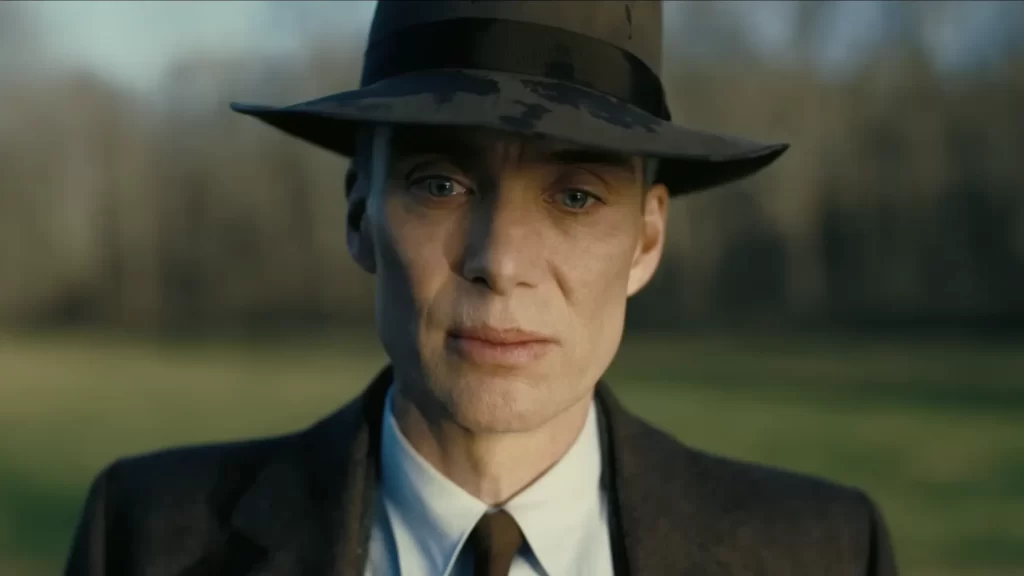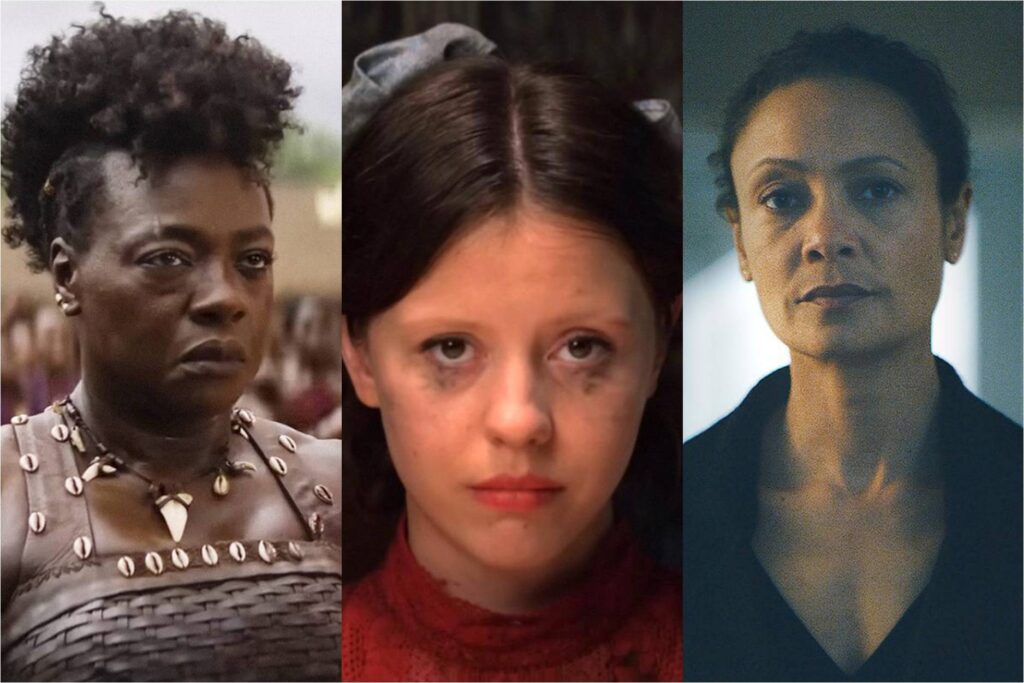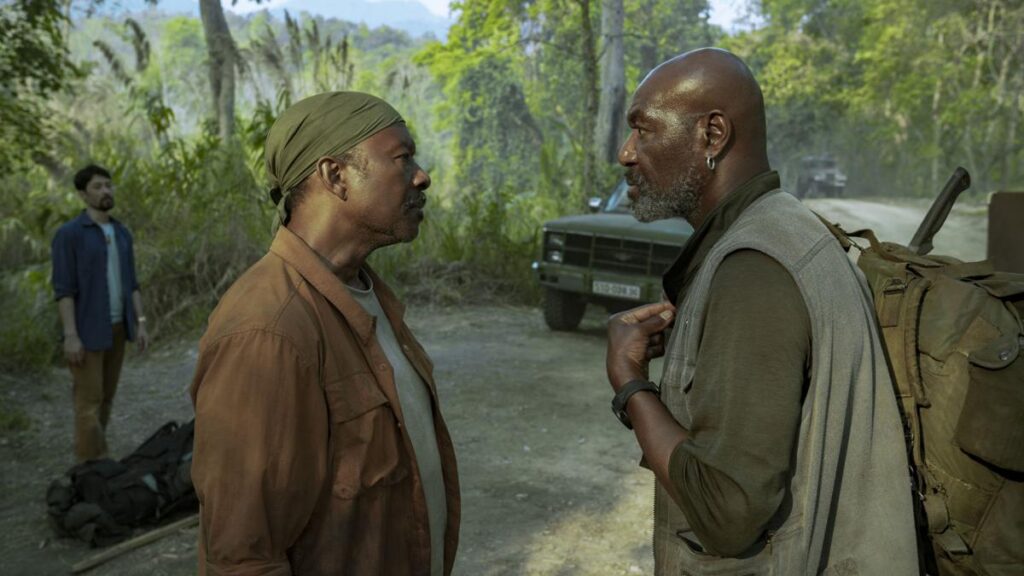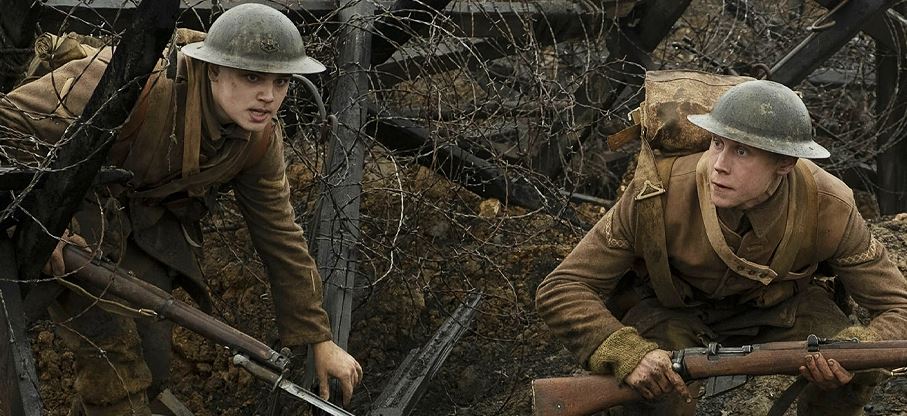Golda: Funny, She Doesn’t Look Shrewish
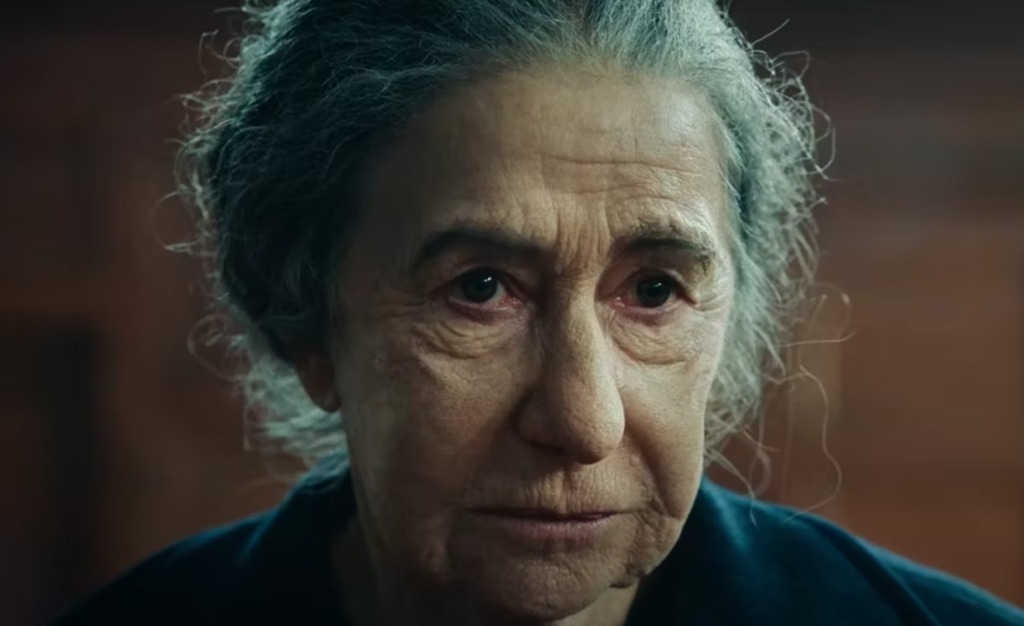
Was Golda Meir a brilliant stateswoman or a power-hungry extremist? A crusader for justice or an enabler of discrimination? You’ve likely already made up your mind on such matters, and even if you haven’t, Golda is unlikely to inform your opinion. Directed by Guy Nattiv from a script by Nicholas Martin, it is a thin and meager picture, providing little insight into its subject beyond a vague intimation of her tenacity. If it defies Truffaut’s maxim that war movies inevitably glorify battle, it does so by virtue of being boring.
Not bloated, though. To its credit, Golda doesn’t try to contemplate the entirety of its heroine’s life; its 100 minutes contain no flashbacks to her childhood or formative sequences depicting her political ascendancy. Instead, the screenplay adopts what might be called the Lincoln approach, attempting to build a sweeping character study by chronicling a single famous event. That would be the Yom Kippur War of 1973, a 20-day conflict in which Israel reeled from a two-pronged attack initiated by Syria and Egypt. The theory of the movie is that, by showing us Meir’s behavior in the face of this catastrophe—her keen intelligence, her dry wit, her steely resolve—it will turn a narrow slice of history into a rich and evocative portrait. Read More

